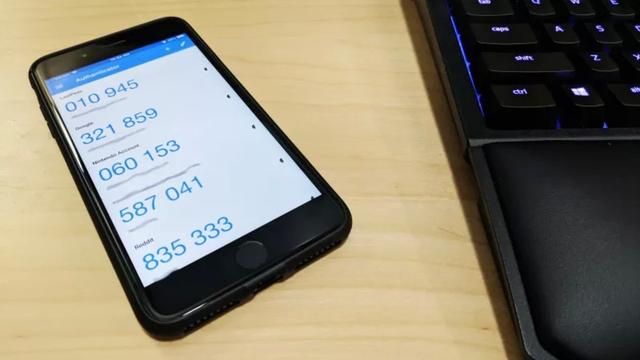The first thing you want to do after buying a laptop on Windows11 [Battery]
There is a battery on the laptop. Thanks to the battery, it can be used even if it is not connected to the power supply, but now the main battery used in notebook computers is consumables. Every time after a period of time, each charge will worsen. The latest laptop is not a design that can be easily replaced by a single battery. If you want to replace the battery, you need to send it to the manufacturer. It is impossible for many people to give up work tools for a few weeks as a real problem. Therefore, the deterioration of the battery directly becomes the reason to replace the PC.
Although battery deterioration can not be avoided, battery deterioration can be delayed by knowing its characteristics and operating it properly. Each laptop has a different way to use it to reduce battery consumption. Therefore, at the stage of buying a new laptop, I want to investigate the battery. By trying not to degrade it, love it forever.
People are comfortable with the temperature, so are the batteries.
Recent laptops often use lithium-ion batteries (some models use other types of batteries). This kind of battery is physically resistant to high temperature. When the temperature remains high, the deterioration continues. It's not good to put your laptop in a sunlit car or by a sunlit window in the summer. The deterioration of the battery is ongoing.
The instructions for temperature are simple. It can be considered that the temperature at which human beings feel comfortable is also comfortable for batteries. In addition, PC itself generates heat. Considering the battery, the effect of extending battery life can be expected by placing it on a laptop cooling table and keeping it at 30 ℃ or lower all the time.
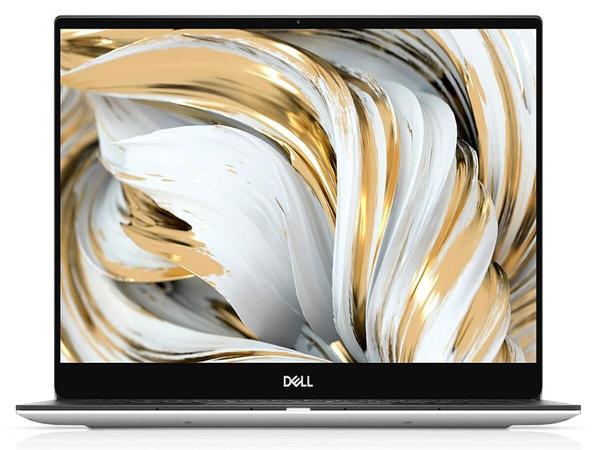
I try not to recharge.
Although putting the cart before the horse, lithium-ion batteries deteriorate when repeatedly discharging and charging. In other words, when using a laptop driven by a battery, the more ways to charge after the battery is reduced, the worse the battery will be. Lithium-ion batteries are consumables, and the more they are used, the more they are consumed.
One way to avoid this situation as much as possible is to restrain the power consumption when the battery is driven. If the power consumption is suppressed, the cycle of discharge and charging can be suppressed accordingly. Select "system"Power and Battery" from the setup application, and perform the basic settings. In addition, the operation of switching to a dark theme and reducing the display brightness is performed.
The other thing is not to let the battery drive. It depends on the hardware of the laptop, so it may not be possible to do so. If it is a configurable laptop, actions such as using the power supply instead of using the battery can be taken when the power is connected. In this way, the deterioration of the battery can be greatly restrained.
Battery 0% does not store, battery 100% does not store
Due to the physical characteristics of lithium-ion batteries, deterioration will occur if the battery is kept in a state of 0%. In addition, deterioration will occur even if it is kept in a state of 100%. I think most people will keep the battery charge of their laptop at 100%, which is not advisable in terms of battery consumption. It's getting worse. We also know that if the battery remains at 100% high temperature, the deterioration will become more severe.
Although the degree of charging can be carried out in various charging states, it is generally believed that the deterioration will not be accelerated when it is kept at about 50% or 80%. Whether the charging state of the battery can be maintained at 50% or 80% or 100% automatically depends on the laptop even if the battery is connected to the power supply. Let's first investigate the functions of the laptop we bought, including the act of not charging the battery when we just connected the power supply. Battery retention varies depending on whether or not you have mastered this part.
If it is a laptop that does not provide the above functions (sometimes not in old laptops), it is troublesome, but you need to find a way to create such a state. The battery is used between 40% and 80%, cut off 40%, connect the power supply, and disconnect the power supply after charging to 80%. It's troublesome, but if the hardware doesn't support it, you can only help yourself.
When such a function is not provided, for example, if the power supply remains connected, the charging is performed to 100%, and when it reaches 100%, the charging often stops. Although the action is carried out through the power supply during the period when there is no charge, the battery with natural discharge is also charged immediately, and then it is immediately changed to 100%, and the charging stops.
At first glance, 100% is maintained, but it actually becomes a condition of repeated subtle discharge and charging, and a deteriorating condition of the battery.
Recent laptops have also made their debut with smarter actions in order not to be automatically processed by the above actions. The function of this aspect varies with different PC, so we can only explore the appropriate application method according to the PC.

![The first thing you want to do after buying a laptop on Windows11 [Battery]](https://website-google-hk.oss-cn-hongkong.aliyuncs.com/drawing/article_results_9/2022/3/9/54980e115229db46d00dd8b9c8c0f1a3_0.jpeg)
![10th generation Core i5 equipped 9.5h drive mobile notebook is on sale at 50,000 yen level [Cool by Evo Book] 10th generation Core i5 equipped 9.5h drive mobile notebook is on sale at 50,000 yen level [Cool by Evo Book]](https://website-google-hk.oss-cn-hongkong.aliyuncs.com/drawing/article_results_9/2022/3/9/4a18d0792cae58836b71b9f591325261_0.jpeg)
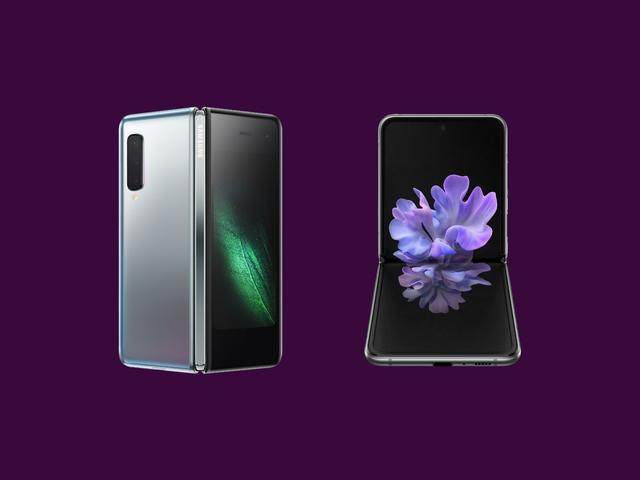

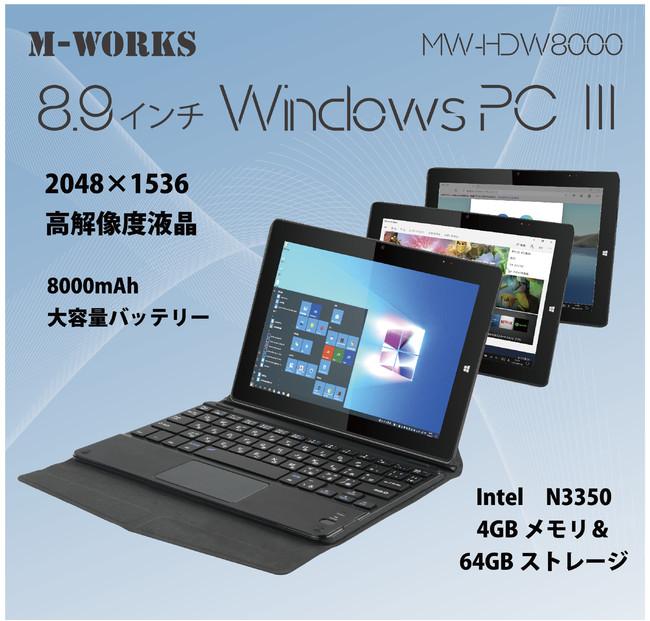
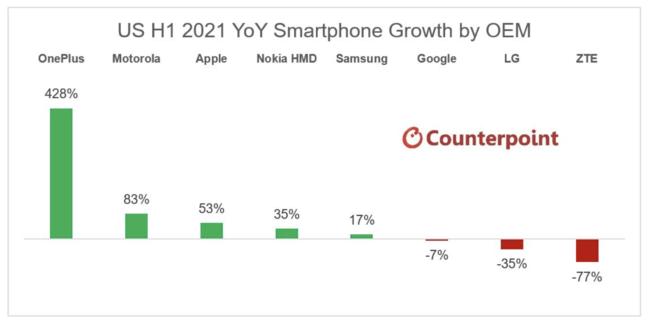
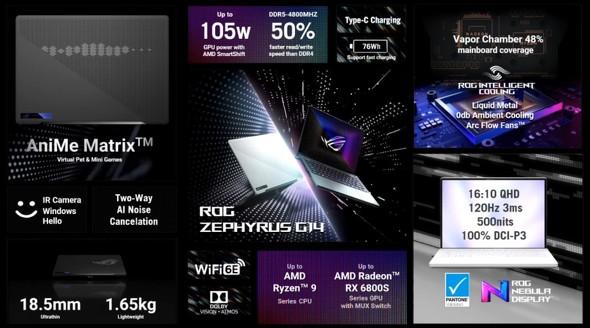
![[Amazon time sale in progress! ] 64GB microSD card of 1,266 yen and wireless earphone with noise canceling function of 52% off, etc. [Amazon time sale in progress! ] 64GB microSD card of 1,266 yen and wireless earphone with noise canceling function of 52% off, etc.](https://website-google-hk.oss-cn-hongkong.aliyuncs.com/drawing/article_results_9/2022/3/9/c88341f90bab7fe3ce1dc78d8bd6b02d_0.jpeg)
